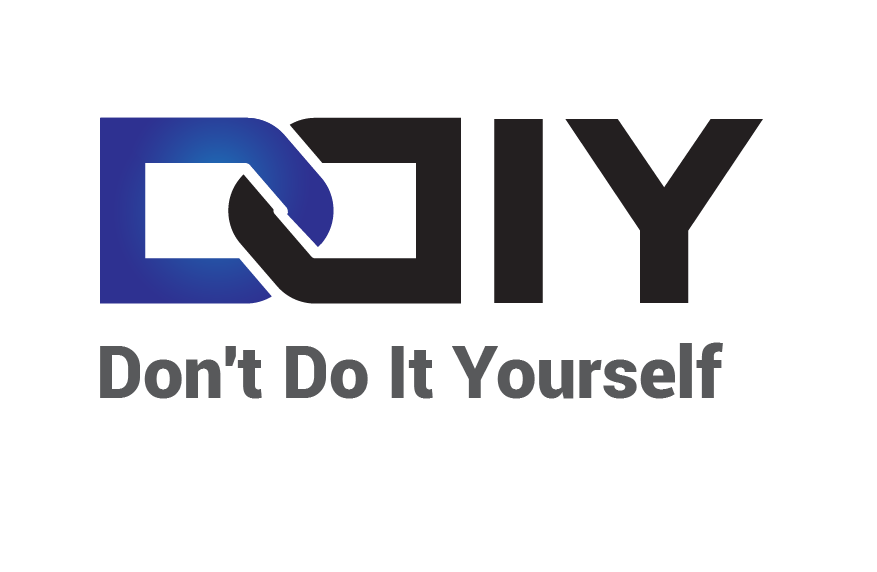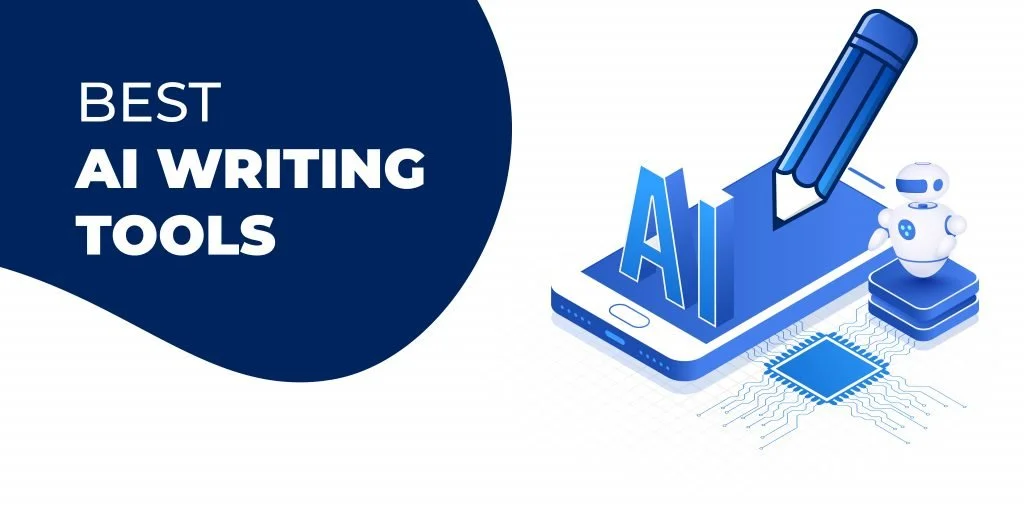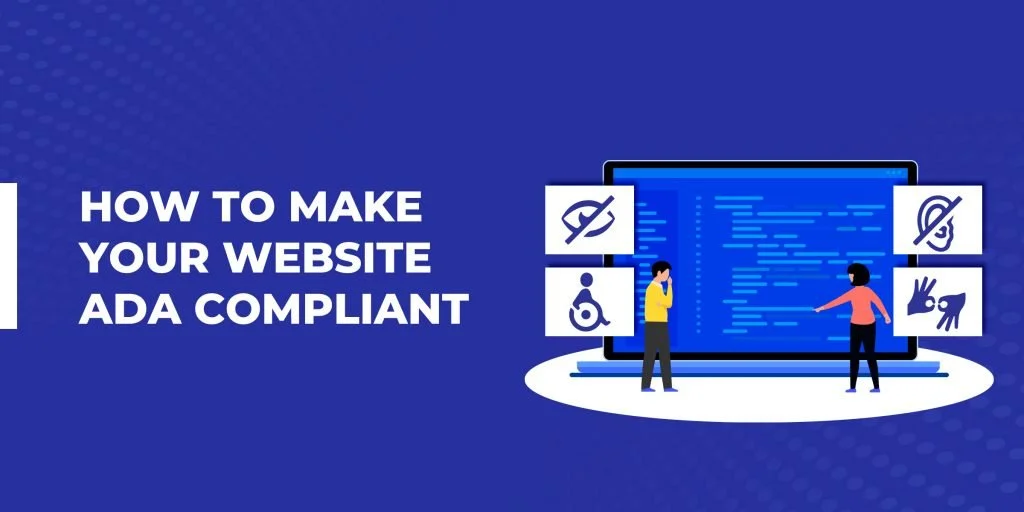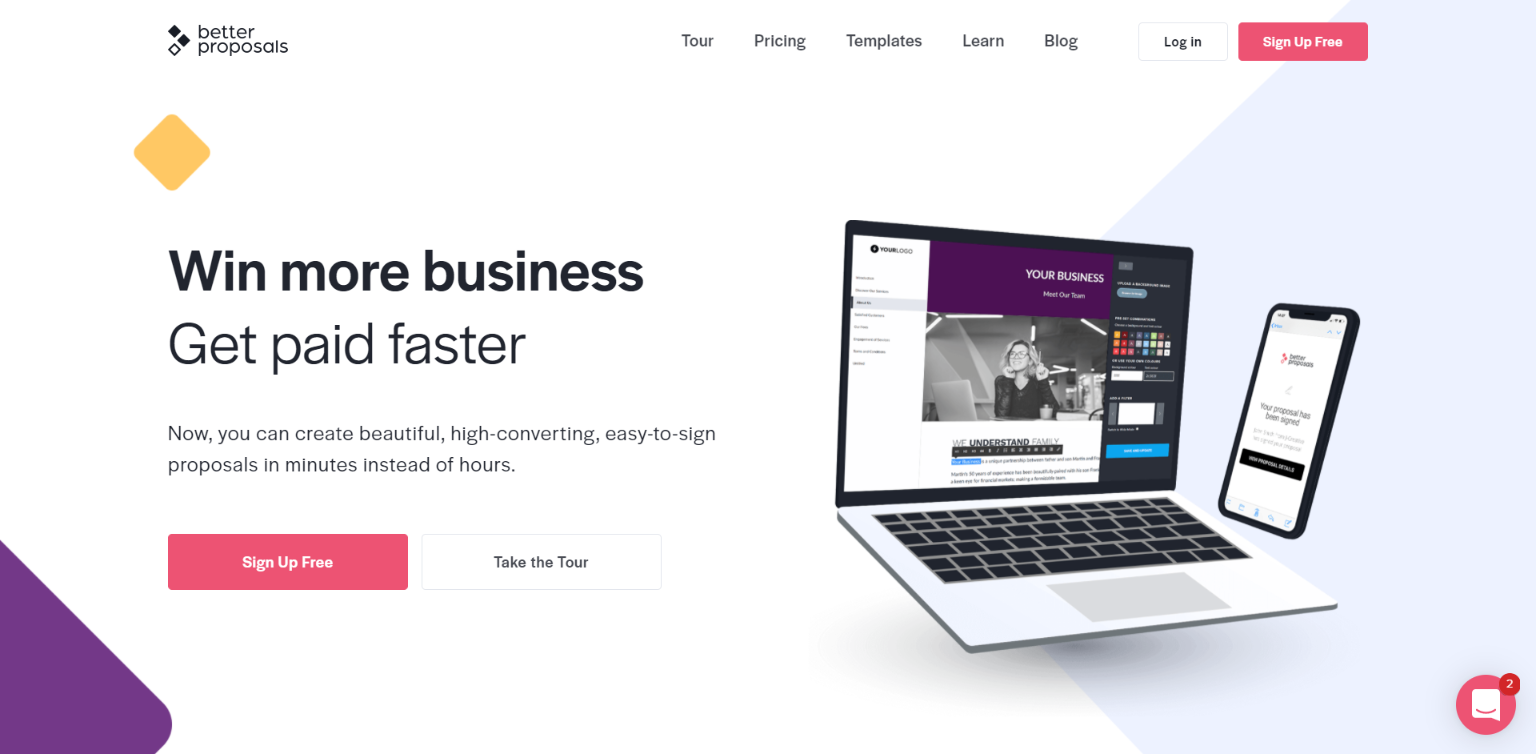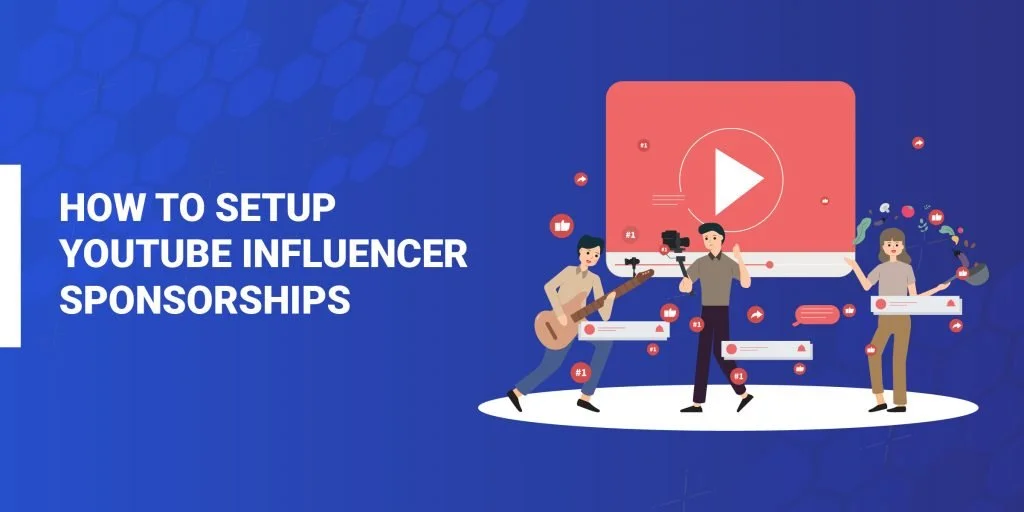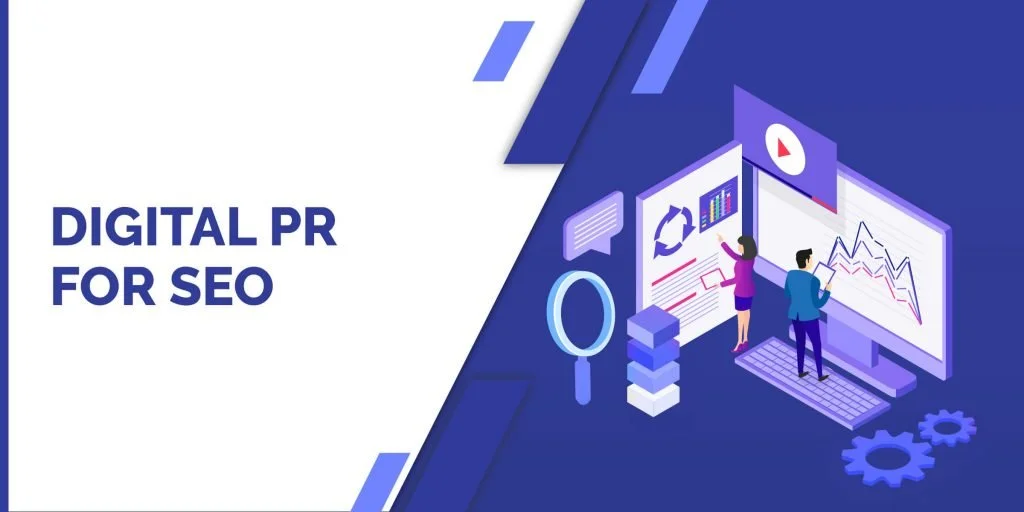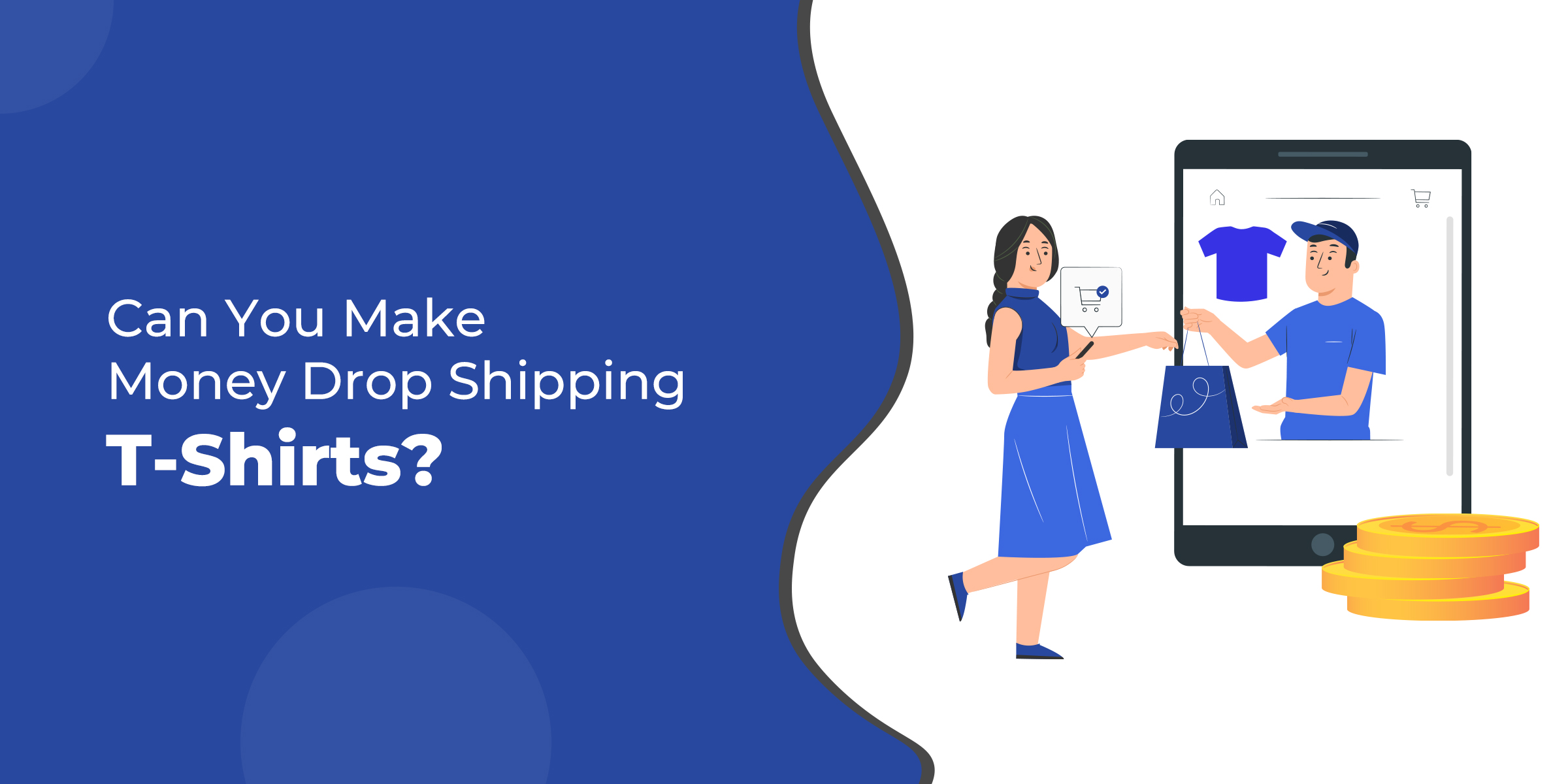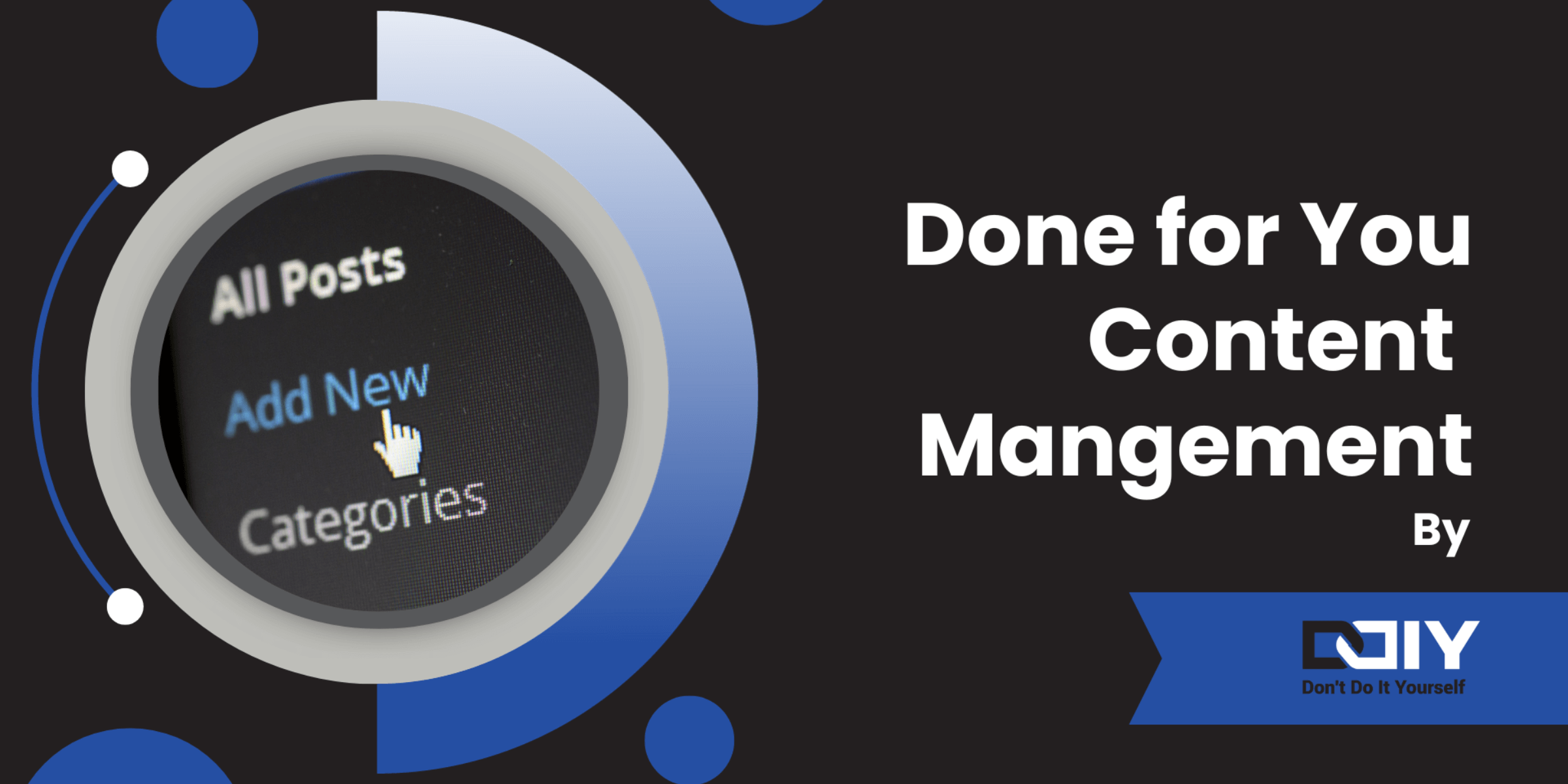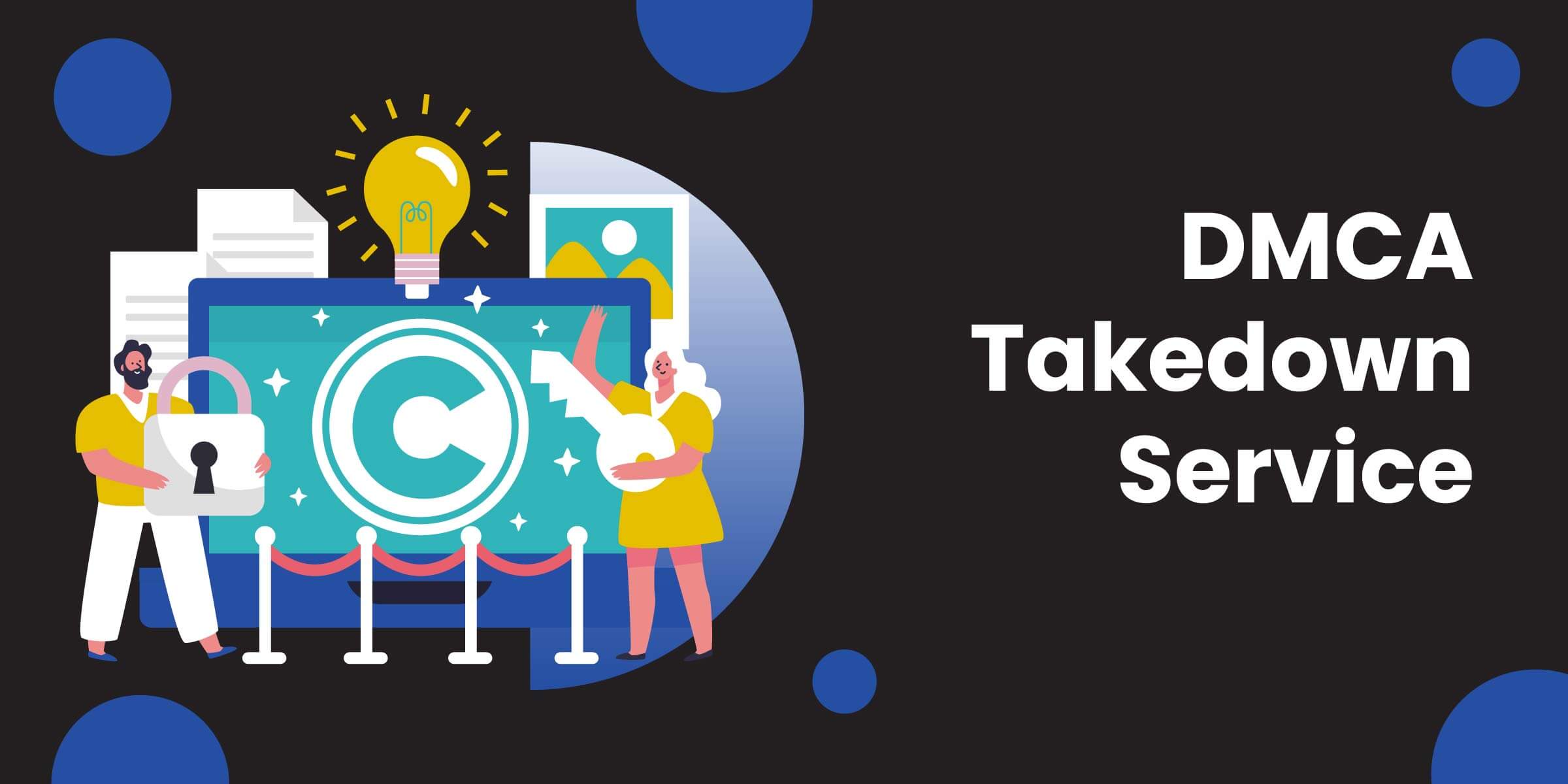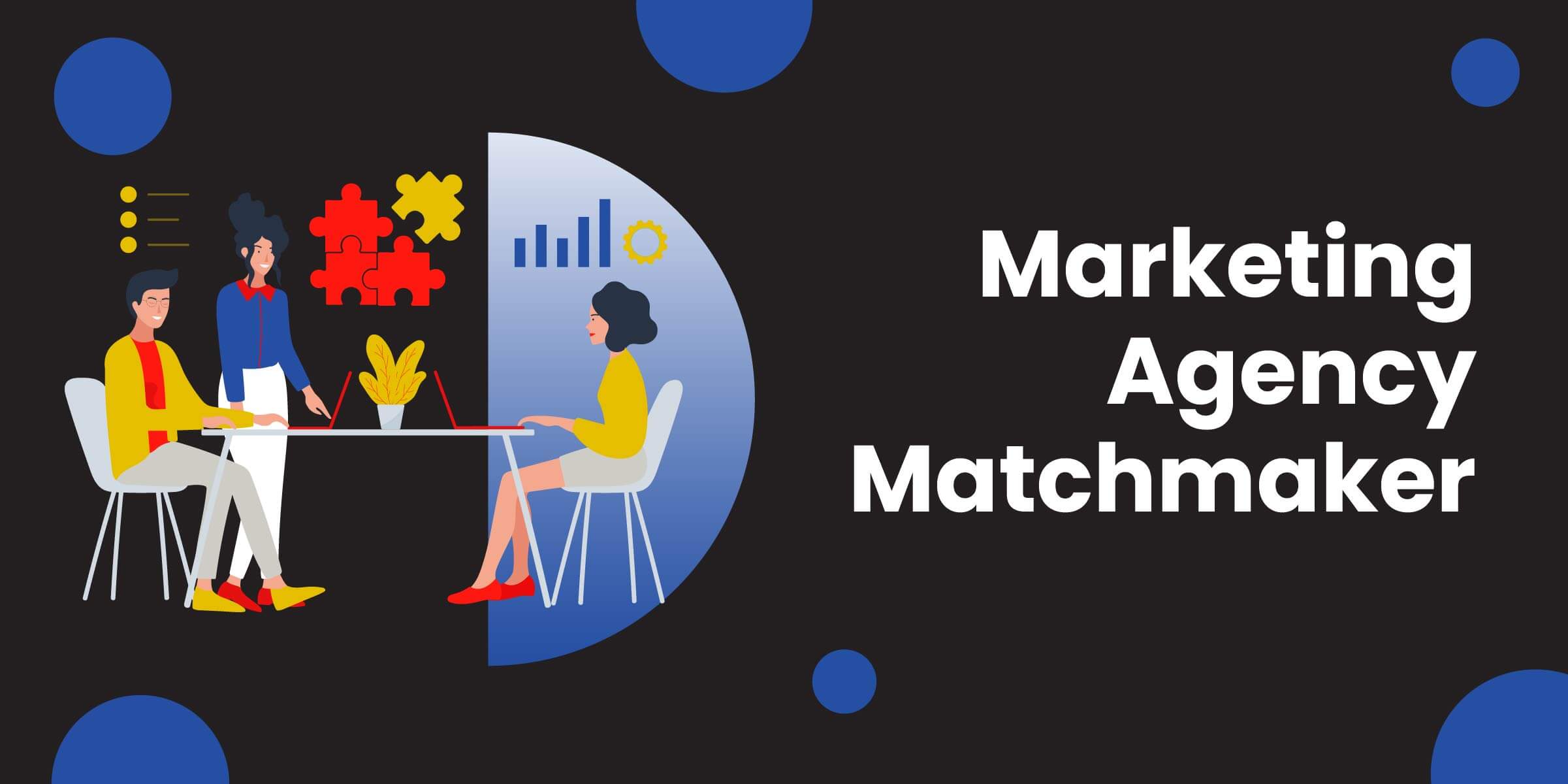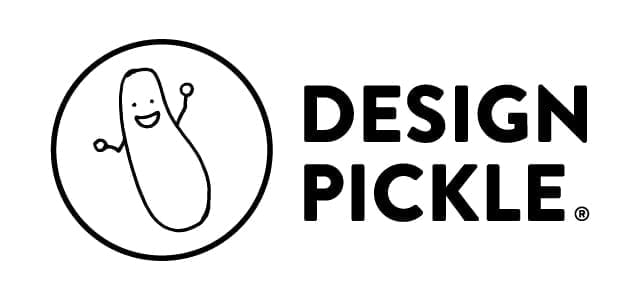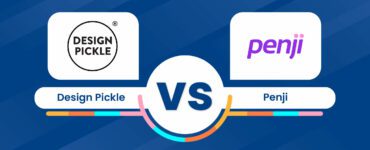A check mark. An apple with a bite taken out of it. Golden arches. We could go on, but you get the idea.
You probably know at least a little bit about logo design because it’s quite literally all around you.
How did these things come to be, though? Just what is logo design?
Best Quality
Most Output
Table of Contents
- What Is Logo Design?
- Types of Logo Designs w/ Examples
- Wordmark Logo
- Lettermark Logo
- Combination Mark Logo
- Abstract Mark Logo
- Mascot Logo
- Emblem Logo
- Pictorial Mark Logo
- What to Consider When Designing a Logo
- Scalability
- Branding
- Competitor logos
- What Are the Benefits of Good Logo Design?
- Who Should Hire a Logo Designer?
- How Much Do Logo Designers Charge?
- How to Pick a Logo Designer for Your Business
- Frequently Asked Questions
We offer this website completely free to our visitors. To help pay the bills, we’ll often (but not always) set up affiliate relationships with the top providers after selecting our favorites. However, we do our best not to let this impact our choices. There are plenty of high-paying companies we’ve turned down because we didn’t like their product.
An added benefit of our relationships is that we always try to negotiate exclusive discounts for our visitors.
What Is Logo Design?
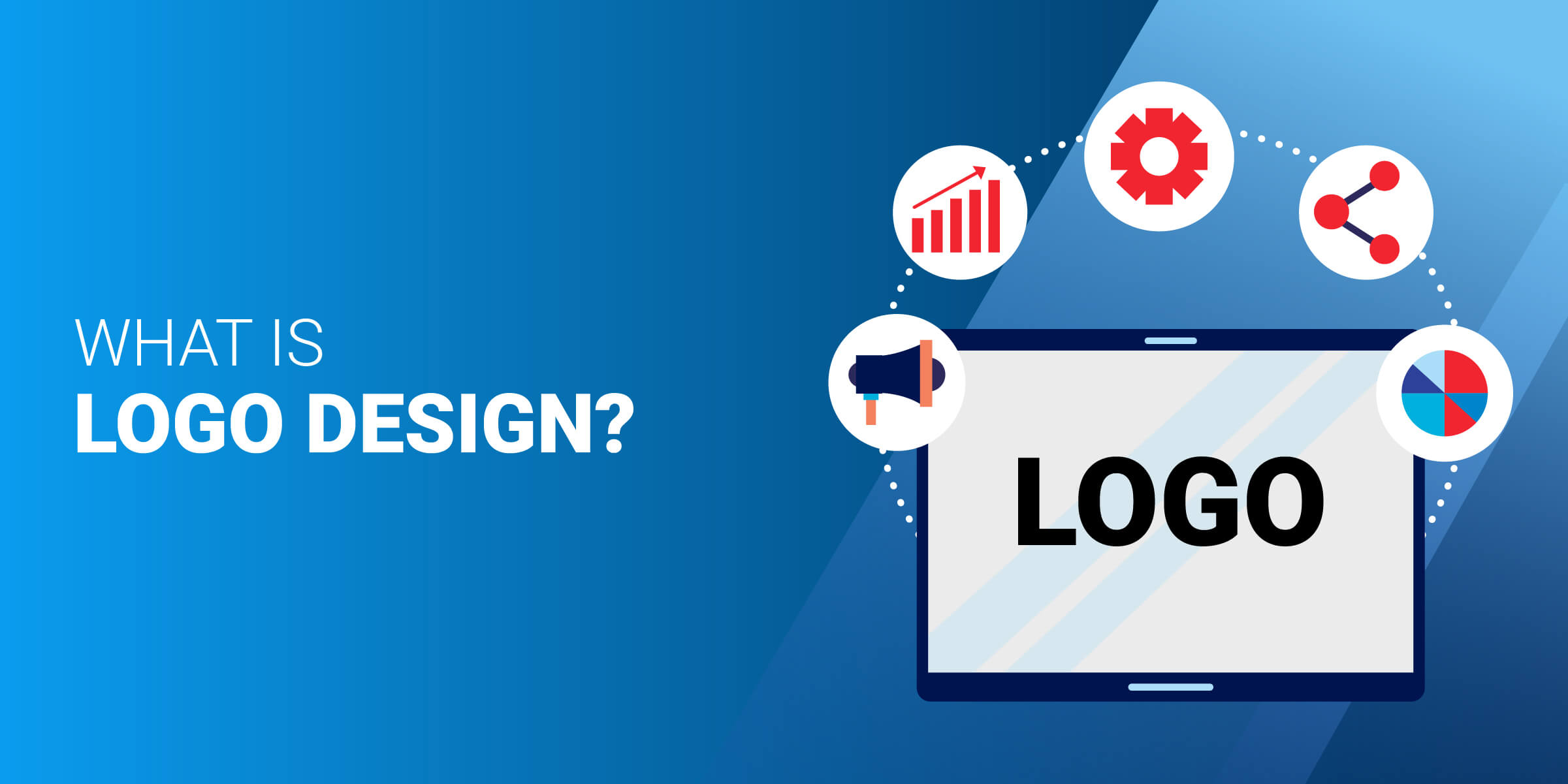

Logo design is a marketing process of creating a visual symbol that signifies a brand.
Since it hopefully will represent a brand for all of eternity, it’s no surprise that companies will spend a lot of time, energy, and money crafting the perfect logo for their business.
It includes considering things like color, font, brand image, and what the overall message your brand wants to communicate is.
A graphic designer will typically work with a business owner or group of creatives to create a logo that captures the entire brand image of a company.
Types of Logo Designs w/ Examples
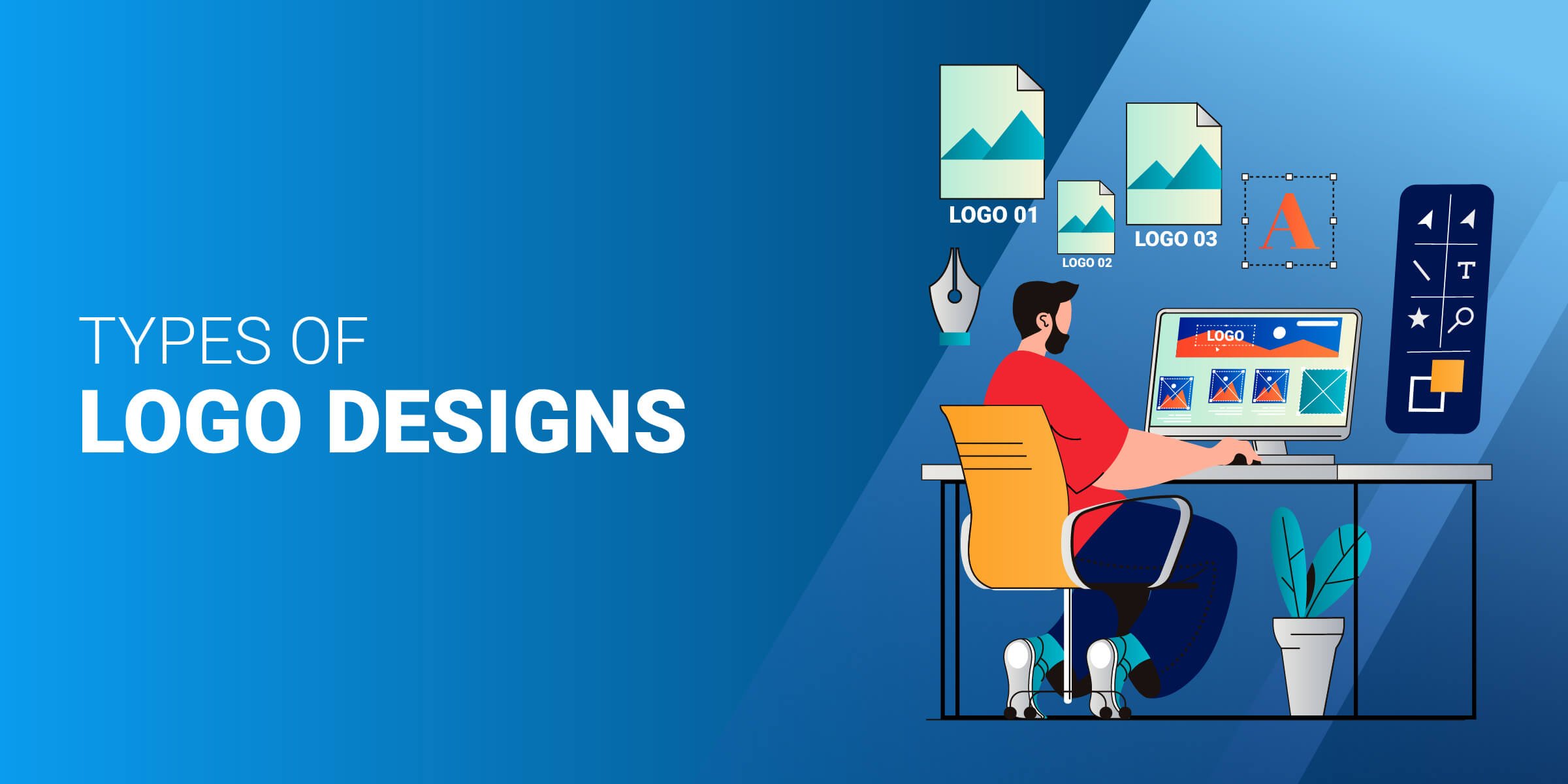

There are a surprising number of different styles or types of logo design that a company may wish to use.
Let’s take a deeper look into each of these.
Wordmark Logo
A wordmark logo is created by using just the name of the product or service.
One of the simpler logos, this particular type of logo relies heavily on font and the strength of the name of the brand itself.
Examples
Some of the most famous wordmark logos include those for Google, Coca-Cola, Calvin Klein, and The New York Times.
Some visual examples:




When to Use Wordmark Logo
Wordmark logos are especially useful to smaller businesses that want to put the focus of the logo on the name of the brand to drive up recognition.
They’re also a great option for companies whose names themselves are quirky or particularly interesting.
Lettermark Logo
Lettermark or monogram logos are similar to wordmark logos but only use a few letters, usually brand initials, instead of a word or words.
Many brands that have two or three words in the name prefer to use this type of logo since it’s simpler and easier to understand.
Some lettermark logos may include the full name of the brand underneath the logo in some iterations, but not all.
Examples
Some big brand name examples include logos for HBO, NASA, HP, and the famous Chanel double C logo.
Visual examples:


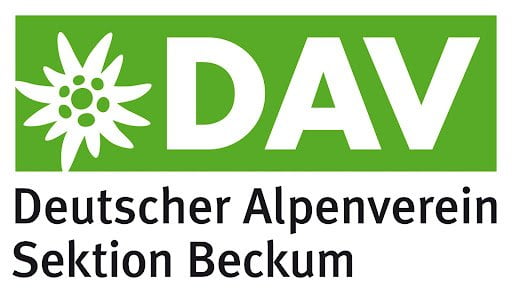

When to Use a Lettermark Logo
Lettermark logos are best used for companies that have two to four letters in their brand names, as it simplifies the brand image.
Combination Mark Logo
Combination mark logos are a combination (shocking) of pictorial and lettermark or wordmark logos.
Sometimes, the word or letters are embedded within a symbol or design, while others have the name brand next to or underneath the symbol.
Some users of this type of logo use it alongside another version of the logo that doesn’t include the letters or words, depending on the situation.
Examples
A few famous examples of combination mark logos include Burger King’s name inside of a burger, Dorito’s embedded in a triangle that resembles the chips, or Toyota, which places their brand name underneath an abstract loopy icon.
Some visual examples:
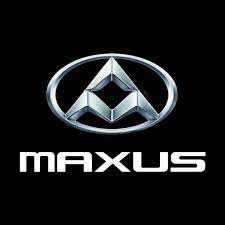

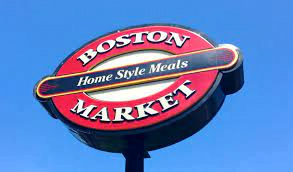
When to Use Combination Mark Logo
The combination mark logo is perhaps the most versatile option out there, making it a solid selection for just about any company in any industry.
This type of logo is especially helpful for start-ups who are trying to gain recognition, as they can easily be altered to remove the name of the brand as you gain brand recognition.
Abstract Mark Logo
The abstract mark logo is a specific type of pictorial logo.
As the name suggests, this type of logo is an abstract, original symbol that doesn’t resemble any concrete, real object.
Examples
Some famous examples include Pepsi’s circle, Chase Bank’s logo, and Spotify’s green dot with three bars.
A visual example:

When to Use Abstract Mark Logo
Abstract logos work very well for tech companies as well as large conglomerate companies that have multiple divisions or smaller companies operating under them
Mascot Logo
A mascot logo is a logo that is usually some type of illustrated humanoid character used to symbolize the company or brand.
The mascot is typically a fun caricature and can serve as a sort of spokesperson/animal/talking inanimate object.
Examples
Some of the most recognizable mascot logos are the Kool-Aid Man, Mr. Clean, and the Hooters owl.
Here are some visual examples:
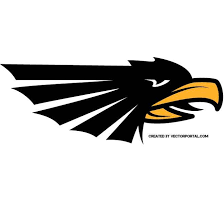

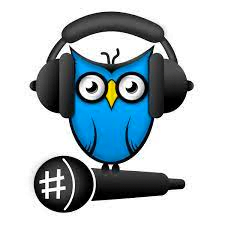

When to Use Mascot Logo
Mascot logos are intended to be fun and personable, so they’re a great option for any business that wants to cater to children or families, sports teams, restaurants, and other companies that sell food, or direct-to-consumer products and goods.
Outside of these circumstances, a mascot logo might not be the best logo, as it isn’t suitable for corporate situations or high-end products.
Emblem Logo
Emblem logos are made of text within a designed icon, usually some type of badge or crest.
They have a very traditional and official look to them, which is why they are often used by government and educational agencies.
Examples
Some famous examples include the Starbucks siren logo, Harley Davidson Motorcycle logo, and nearly every university out there.
A few visual examples:
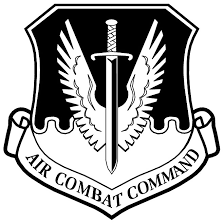



When to Use Emblem Logo
The emblem logo is a great choice for any educational or government institution, but there are other instances where it could be used.
Food and drink businesses could benefit from the use of the emblem logo as long as they keep it relatively simple.
Pictorial Mark Logo
A pictorial mark logo is a “picture” sort of logo without words that is immediately recognizable and tied to the brand immediately.
A symbol, an inanimate object, or even an abstract design are all examples of what would be considered a pictorial mark logo.
Sometimes pictorial mark logos are just literal physical representations of the name of the brand (John Deere’s deer), while some pictorial mark logos may hint at what the company or product does.
Examples
A few of the easily recognizable pictorial mark logos include the Twitter bird, the Domino’s domino, or the Shell company’s seashell.
Visual examples:
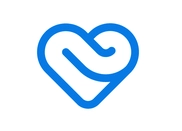

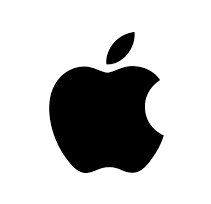

When to Use Pictorial Mark Logo
Pictorial mark logos are a good option for many different types of businesses of all sizes, across just about any industry.
Pictorial mark logos are most effective when the business can easily provide a visual symbol of the company or what it does and if the company name is just too long for another type of logo.
These types of logos are particularly effective with brands that have already been established.
What to Consider When Designing a Logo
You can’t just sit down and throw a picture and a name on there and call it a day.
Well, you could, but you won’t see as much success as you would if you take these things into consideration.
Scalability
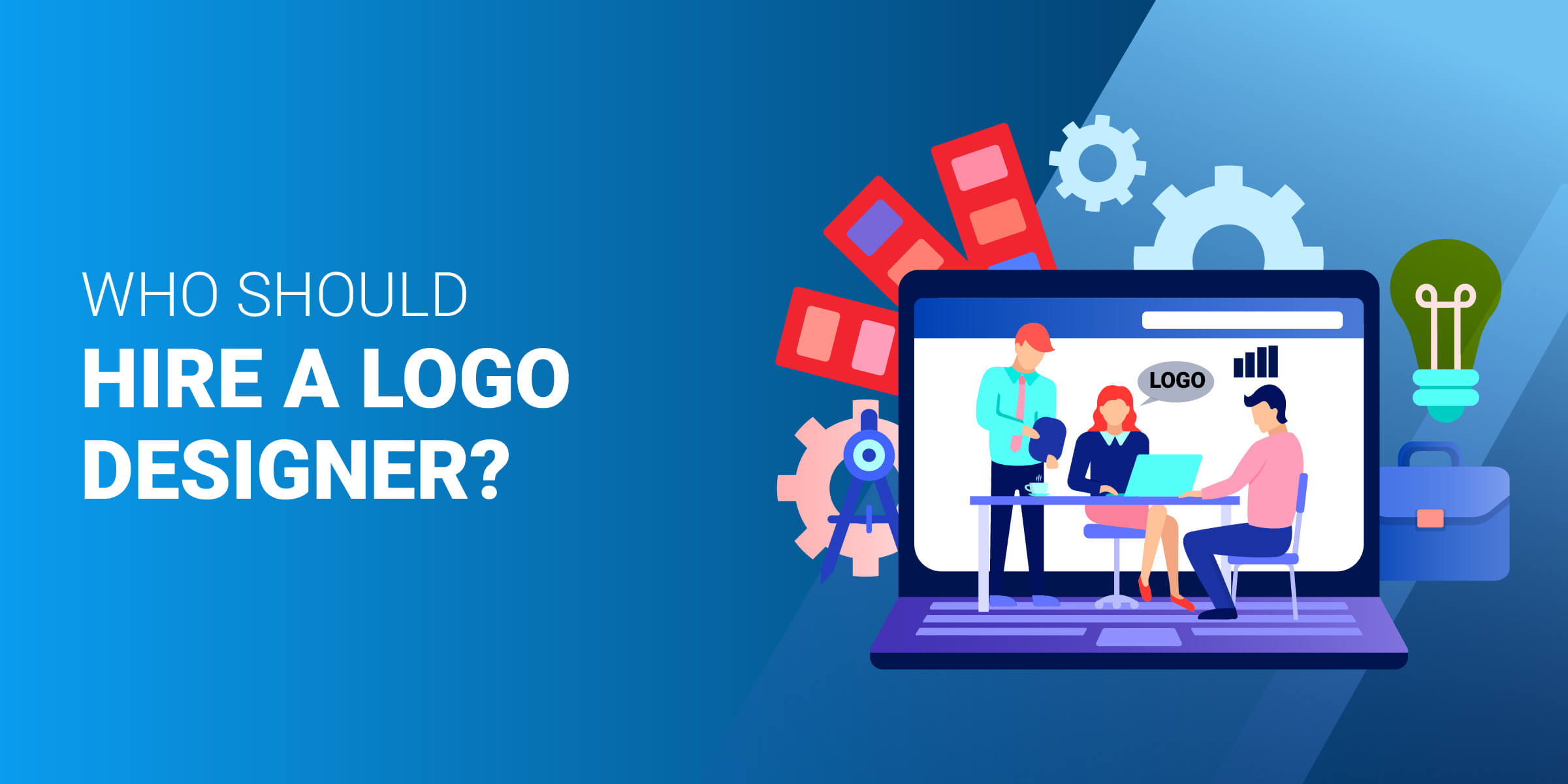


Not to be confused with the concept of “scaling” as a company, the scalability of a logo design refers to its ability to be sized up or down to fit on different mediums.
Is the design or typography able to be created in a larger size than the original? Or does it become pixelated and not translate well?
When you make the logo smaller to fit on a business card, is it still legible? Or do you lose some of the detail, causing it to become a blurry mess?
When you pack a logo with tiny, specific details, the intricate nature of the design will likely become obfuscated and unintelligible when scaled up or down.
Try to find the balance between an interesting look and a scalable design.
Branding
Your logo will be the customer’s first impression of your company. Make it a good one.
We could write a thesis on the psychology behind branding, but getting another degree would be a whole thing, so here’s the short version of how your logo can make customers attracted to your company.
To have a stellar logo, you need to have a solid understanding of your brand’s target audience, service or product, and mission.
When you know what makes your brand different is what you need to communicate within just one symbol. Within moments, it should be crystal clear to your customer base what you’re all about.
If you're not sure how to create your brand messaging or are not clear on your branding, you might want to consider hiring a brand manager to help you out.
Competitor logos


It’s always good to check out the competition.
In this instance, your competition’s logo can offer inspiration and a sort of jumping-off point to create your own, especially if that competitor is doing well in your industry.
Take note of the competitor’s font choices, color scheme, and iconology to get a sense of the elements of this logo design are sticking with customers. If customers already associate their logo with that service or product, it may be easier to sway them to try you out instead.
You can use this knowledge to your advantage by incorporating some of these elements into your own logo design. Just make sure to keep your own logo different and unique, just like your brand.
What Are the Benefits of Good Logo Design?
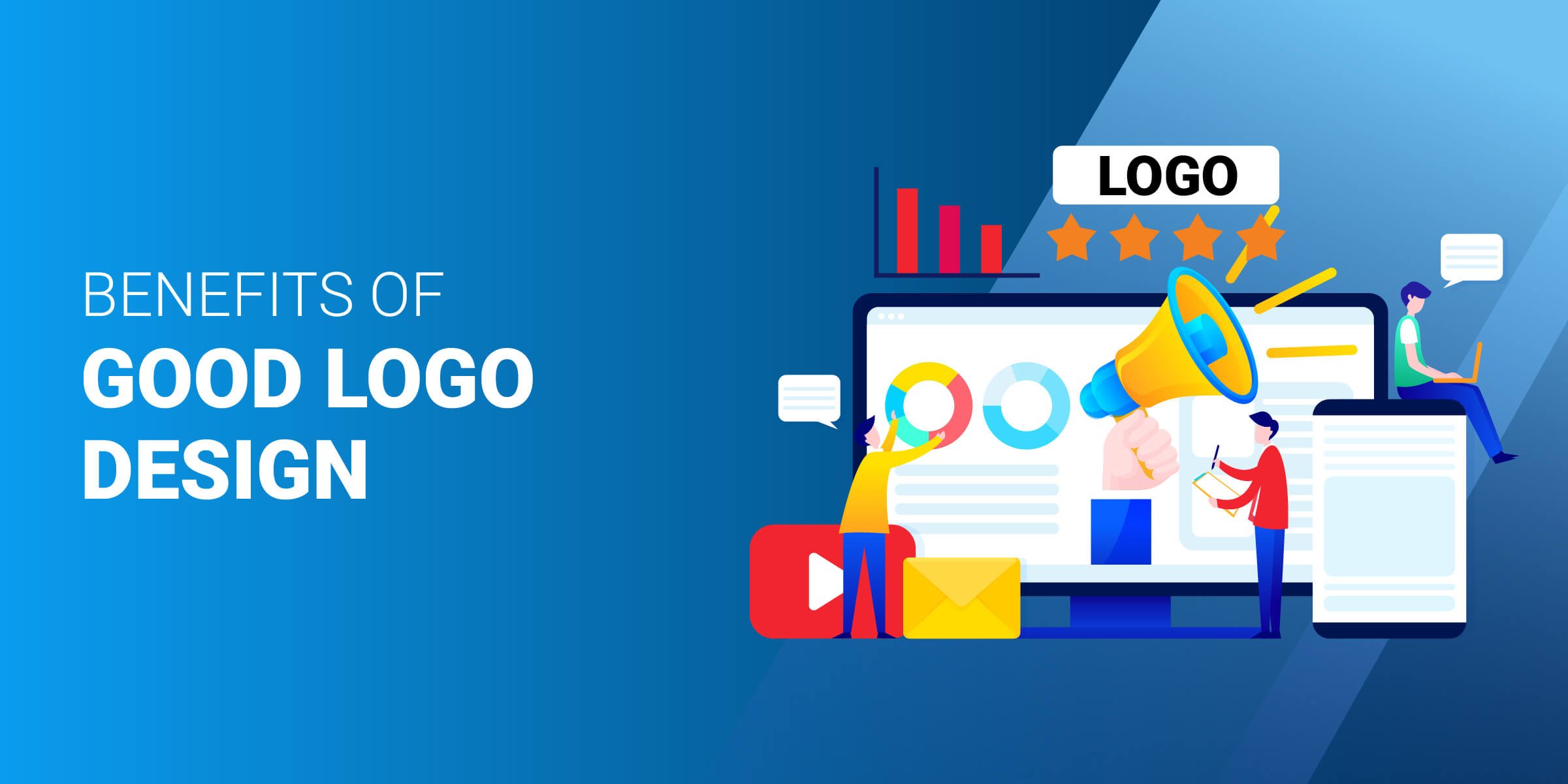

What can a good logo do for you?
Let’s take a look.
It Makes a Strong First Impression
Having a good logo design is kind of like going on a first date.
You wear a nice outfit, make sure you don’t have anything in your teeth, and engage in good conversation, all in the hopes of making a great first impression and hopefully getting that second date.
Your good logo design is a good first date, and customer loyalty is getting invited on a second date.
It Shows Your Brand’s Identity and Personality
We’ll keep going with the first date analogy because why not?
It’s important that any prospective partner understands right off the bat what your personality and identity are like. You want to make sure the other person gets not only a good first impression but also gets an accurate first impression.
A funky font or a bright color scheme communicates that you’re a fun, outgoing date (brand), while clean lines and neutral colors show that you’re more serious or professional.
You Can Stand Out from the Competition
We all want to get “chosen,” whether that be by a romantic interest or, of course, a customer. To do that, we need to bring something to the table that others can’t.
When you have a great logo and your competition’s is “meh,” you get chosen.
When you have a “meh” logo, it’s easier for someone else to steal your customer.
A Good Logo Is Memorable
Finally, you don’t want to be the one who goes on the first date only for the other person to forget your name the next day. Yikes.
A good logo sticks out in your customers’ minds and makes them intrigued to go back for more. They will always associate that logo with your company.
Who Should Hire a Logo Designer?



You got all the way here and aren’t sure you need a logo designer? Okay.
If you’re a professional graphic designer who is opening some sort of graphic design company, then you’re probably good to go.
If you’re one of the millions of business owners who are not in that specific circumstance, it’s worth it to hire a graphic designer or service to curate a great logo design for your company.
Pretty much everyone can benefit from hiring a logo designer.
How Much Do Logo Designers Charge?
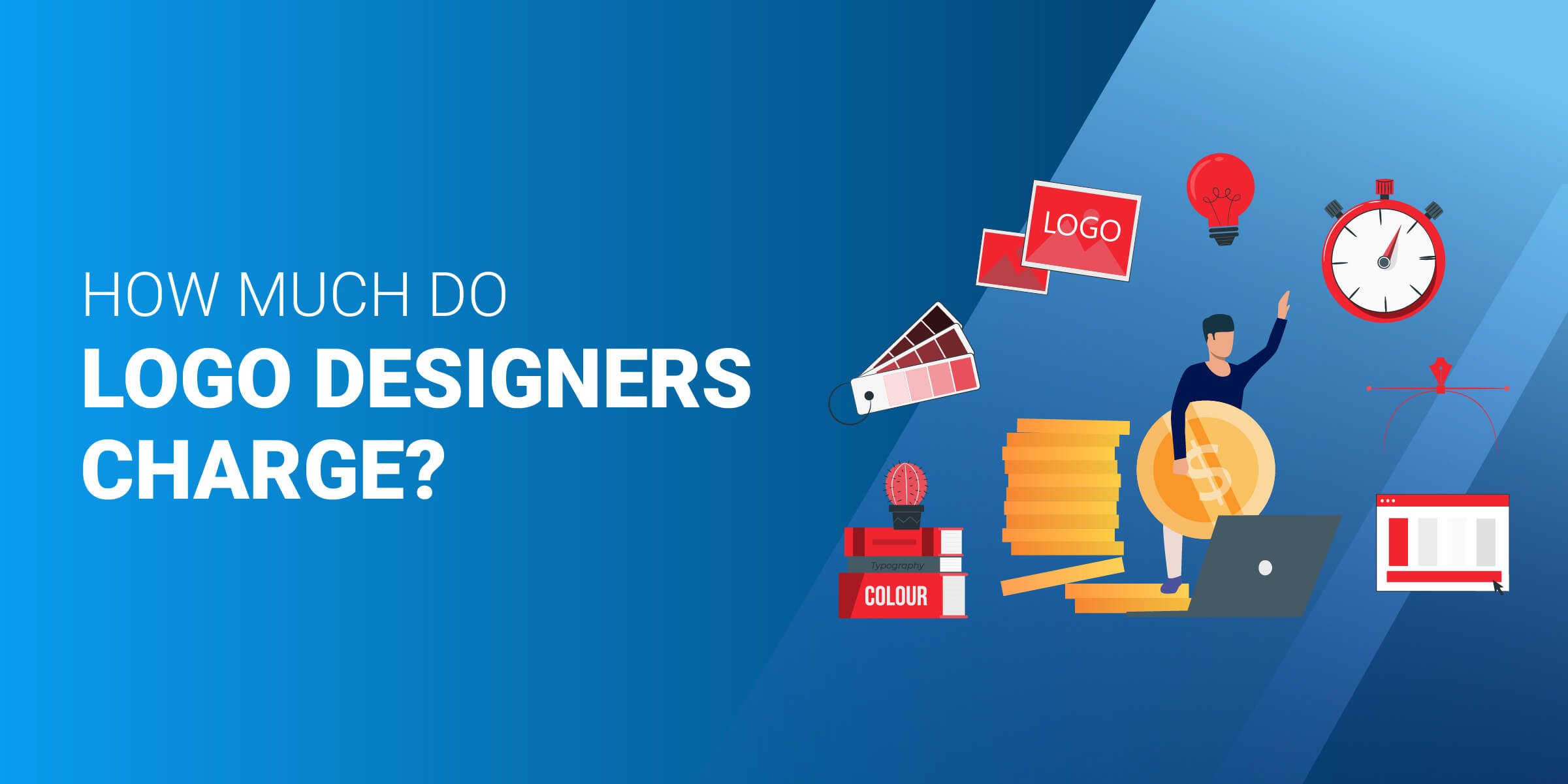

Logo designers can charge whatever they want, and this can range from $2 to $25,000. A solid logo design should cost you between $30 and $100, depending on your needs.
You can always ensure a cheaper design by using a freelancer on Fiverr.
Another great option is to sign up for a monthly unlimited graphic design company. This way, you can centralize not only your logo design but also any future design needs.
How to Pick a Logo Designer for Your Business
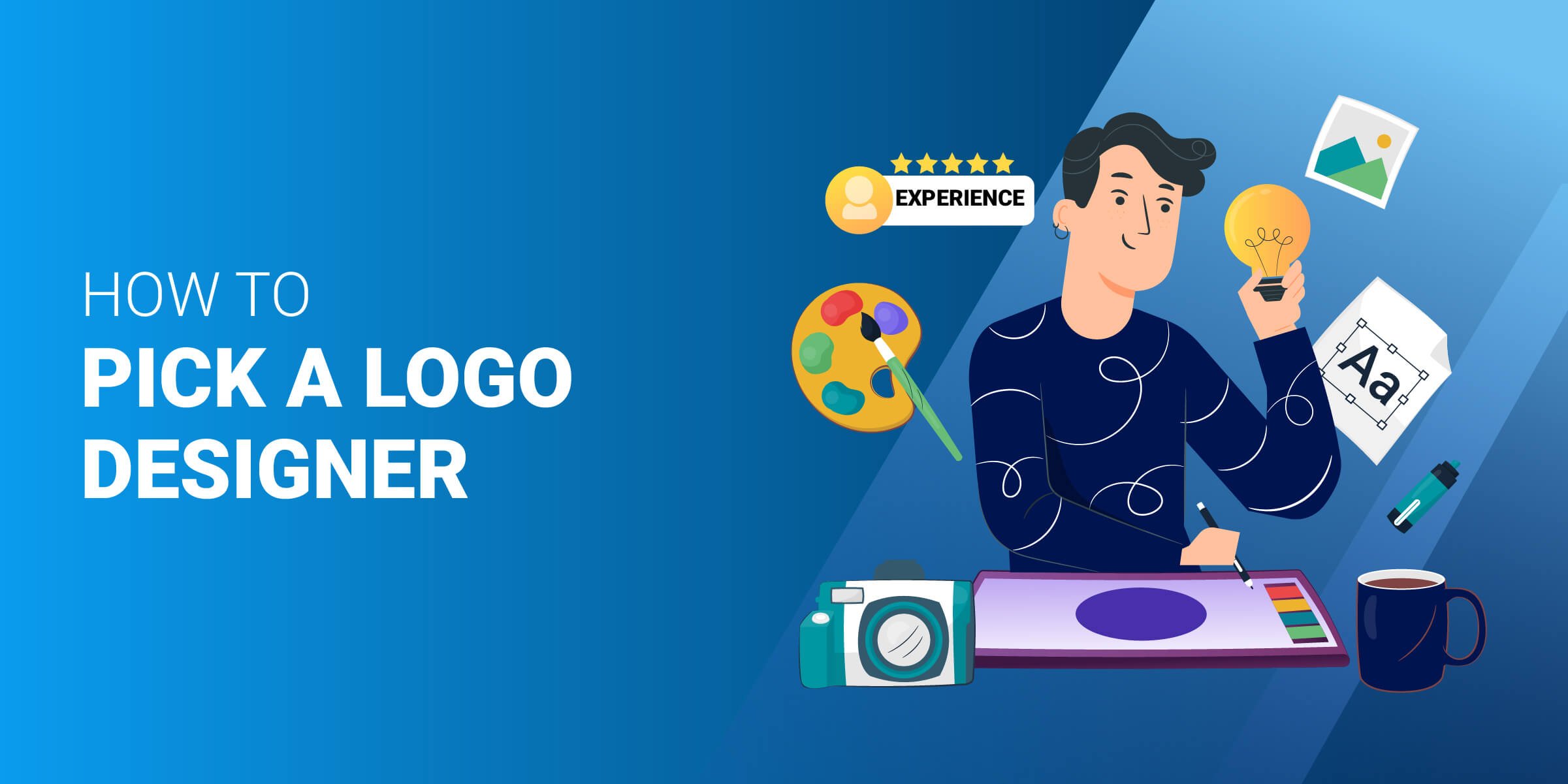

To pick a logo designer for your business, you need to first figure out your budget.
Once you have that in mind, check out freelancer marketplace sites like Fiverr or Upwork, or more highly-vetted sites like Toptal if you have it in your budget.
Check out the profiles and information on each designer to see if they specialize in logo design for your industry, as these folks will already have some base-level knowledge of what customers in that field are looking for.
You can also choose an unlimited graphic design service like Kimp or Graphically that can provide you with multiple iterations of logo designs as well as unlimited requests for any other graphic design needs you may have in the future.
Best Quality
Most Output
Frequently Asked Questions
What is the difference between branding and logo design?
Branding refers to the entire process of creating a brand’s voice and presence, whereas logo design refers solely to the symbol or icon the brand chooses to represent the company.
What is logo design used for?
Logo design is used to communicate a business’s branding in just one picture or icon and symbolizes a brand on marketing materials.
What is the importance of a good logo design?
Good logo design ensures a good first impression, a competitive presence in your industry, and communication of the unique message of your brand.
What are the qualities of a good logo?
A good logo needs to be scalable, communicate the brand message, and capture the essence of the business using color, font, and shape.
